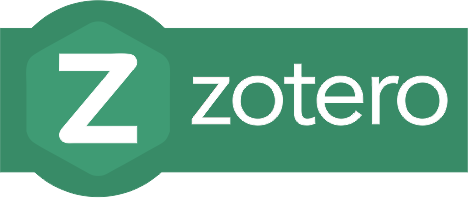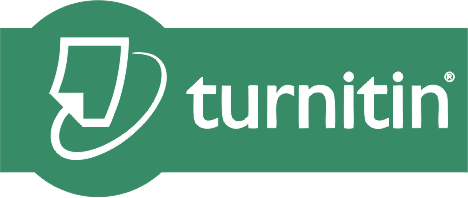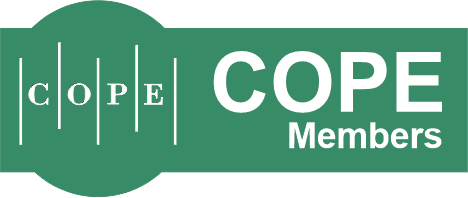THE IMPACT OF INDONESIAN LANGUAGE AND LITERATURE LEARNING ON THE INTENSITY OF LIBRARY UTILIZATION BY NINTH GRADE STUDENTS AT SMP MUHAMMADIYAH RAPPANG
Keywords:
Indonesian language and literature, library utilization, student engagement, library resources, SMPAbstract
This study examines the impact of Indonesian language and literature learning on the intensity of library utilization by ninth-grade students at SMP Muhammadiyah Rappang. The research aims to determine how language and literature instruction influences students’ frequency and purpose in accessing library resources. Using a quantitative research method, data were collected through surveys distributed to students, focusing on their library usage patterns related to their Indonesian language and literature studies. The findings indicate a significant positive correlation, revealing that students who engage more actively in Indonesian language and literature classes tend to use library resources more frequently. The library is seen not only as a source of information but also as a place to deepen their understanding and complete assignments related to Indonesian language and literature. This study suggests that enhancing language and literature curricula can increase library utilization among students, fostering improved academic engagement and resource literacy.
References
Margono. Simple Random Sampling Method. Bandung: Alfabeta, 2004, p. 126.
Husein Umar. Research Methods for Business Thesis and Dissertation. Jakarta: Rajawali Pers, 2009, p. 78.
Sugiono. Mixed Methods Research: Quantitative and Qualitative Approaches. Bandung: Alfabeta, 2012, p. 168.
Husein Umar. Organizational Communication Research Methods. Jakarta: Gramedia Pustaka Utama, 2002, p. 97.
Mahi M. Nikmat. Research Methods in the Perspective of Communication and Literature. Yogyakarta: Graha Ilmu, 2014, p. 71.
Sugiono. Educational Research Methods: Quantitative, Qualitative, and R&D Approaches. Bandung: Alfabeta, 2014, p. 199.
Suharsimi Arikunto. Research Procedures: A Practical Approach. Jakarta: Rineka Cipta, 2002, p. 194.
Rahmat Kriyantono. Practical Techniques in Communication Research. Jakarta: Kencana, 2009, p. 167.
Prof. Dr. S. Nasution. Scientific Research Methodology. Jakarta: Bumi Aksara, 2007, p. 61.
Lexy Moleong. Qualitative Research Methods. Bandung: Remaja Rosdakarya, 2002, p. 3.
Hasbullah. Fundamentals of Education Science. Jakarta: Raja Grafindo, 2010, p. 46.
DEPDIKBUD. Indonesian Language Dictionary. Second Edition. Jakarta: Balai Pustaka, 2002, p. 5.
Soetminah. Libraries, Librarianship, and Librarians. Yogyakarta: Kanisius, 2012, p. 32.
Sutarno. School Libraries. Yogyakarta: Grama Media, 2006, p. 115.
Pawit M. Yusuf. Guidelines for School Library Management. Jakarta: Bumi Aksara, 2005, p. 2.
Ade Kohar. Introduction to Library Science. Jakarta: Universitas Terbuka, 2013, p. 4.
Ibrahim Bafadal. School Library Management. Bandung: Bumi Aksara, 2006, p. 2.
Arief S. Sardiman. Educational Media. Jakarta: Raja Grafindo Persada, 2013, p. 6.
Slameto. Learning and Factors Affecting It. Jakarta: Rineka Cipta, 2011, p. 2.
Oemar Hamalik. Learning Methods and Learning Difficulties. Bandung: Tarsito, 2005, p. 102(Arima Chaniago, 5313032…).
Downloads
Published
How to Cite
Issue
Section
License
Copyright (c) 2024 Jusrianto Jala Jala, Idayanti Syahlan

This work is licensed under a Creative Commons Attribution-ShareAlike 4.0 International License.


































